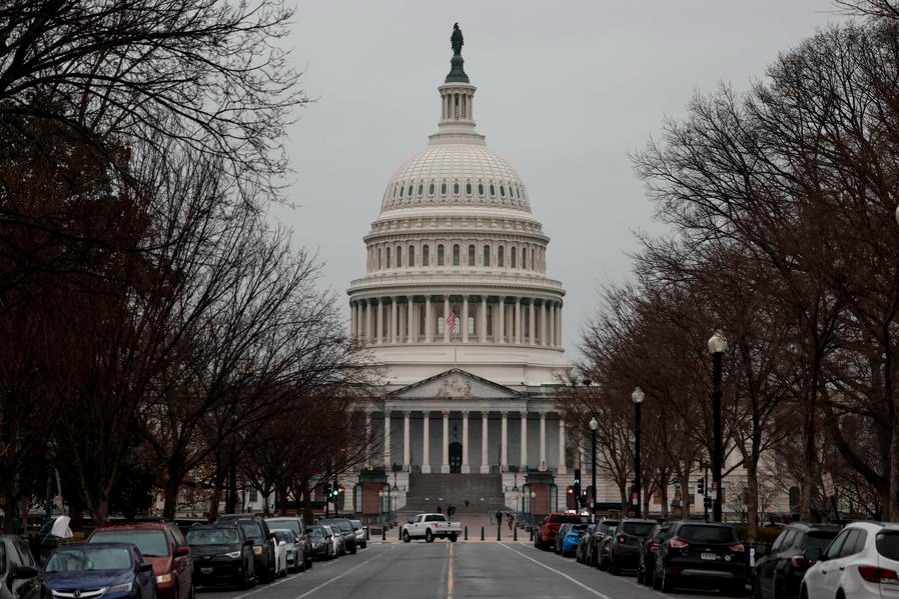China will keep driving the world economy


In a year when the US economy accelerated, it is worth bearing in mind that it was still China that drove the world economy, delivering an estimated 25 percent-plus of total global growth in 2018. That is a reality we will have to get used to, with a range of estimates forecasting that China will eventually overtake the United States as the largest and most influential economy in the world within the next 10 years.
But as we move into 2019, near-term challenges, such as trade tensions, debt and the sustainability of reforms, dominate the outlook. We (UBS) do not underestimate the importance or scale of these challenges, but we feel that, if properly managed, China still has undoubted potential to grow sustainably over the longer term.
Looking at trade, we estimate US policy measures will slow China's growth to 6.1 percent this year. China's response here will be crucial.
Policy support is coming to stabilize the economy over the short term but China will have to diversify its export markets in the long term, and new trade deals indicate China's trading future may lie in Asia, Africa, the Middle East and South America, where growth in both the population and middle class will be highest in the coming years.
As for debt, China's post-global financial crisis buildup of debt remains a concern but, unlike in the rest of the world, China has been aggressive about deleveraging and instilling new discipline into credit flows. These steps are encouraging but more work needs to be done to propel China in the future, not least in ensuring that the financial system works not only for the previously dominant State-owned enterprises but also for the small and medium-sized private enterprises, which are the backbone of the economy.
There also remain lots to do on the reform front, but China is making progress, albeit at its own pace. In the past year, we have seen closures of "zombie" SOEs, easing of urban residency rules, opening up of the auto sector to overseas investment, and rural property rights reform. Our conversations with regulators have revealed there is immense desire to further deepen reforms, and we hope the regulators continue actively to simplify the regulatory framework and promote international standards.
Continuing on the reform theme, one area where there has been marked progress is in financial markets, specifically by the opening up of onshore markets to overseas investors via the Stock and Bond Connect programs.
We believe these reforms, and the subsequent inclusion of onshore markets in global equity and bond benchmarks have the potential to spark a rebalancing of global asset allocation to China. And the evidence shows that this is starting to happen, with overseas investors increasing their allocations to China during the past three years.
This is a significant change both for China and global investors.
For China, it's a positive step because it opens new sources of capital and has the potential to bring longer-term, more fundamentally-driven institutional investors to onshore markets, particularly the retail investor-driven equity markets.
For investors, onshore access creates a large opportunity set of investible companies and securities. The opening up of the market has come at an opportune time, as it brings investors an entry point into thematic trends like data-driven innovations in "new economy" sectors, industrial upgrading, and evolving consumer demand, which we believe has the potential to grow strongly over the coming years.
But for all that we are constructive about China, we're also mindful that it also has risks. Policy can sometimes be opaque and markets volatile. But that is no reason to ignore it. On the contrary, we are committed to expanding in China to build our capabilities to both navigate onshore markets and capitalize on opportunities. As such, we plan to build a majority stake in our existing onshore joint venture, boost our headcount, and expand our range of investible products for both onshore and offshore clients.
Putting in resources like this and aligning with the thematic trends described above shows that we are taking a long-term strategic view around China. This approach has brought numerous benefits to investors in the past and, as China continues to take the lead in the global economy, we expect the future to be no different.
The author is group chairman of UBS.

































